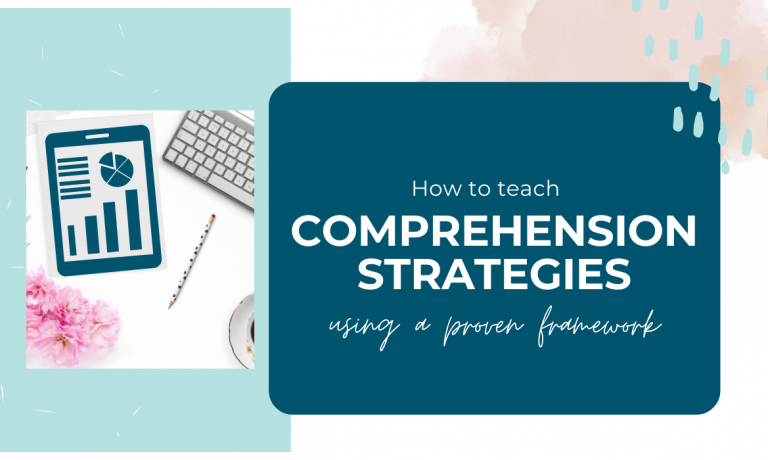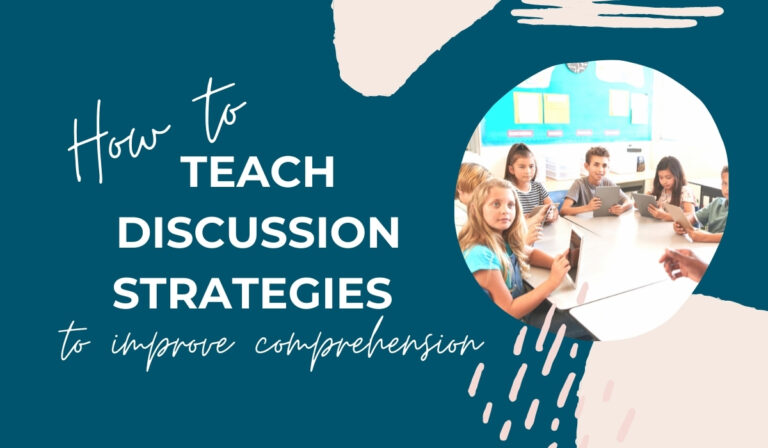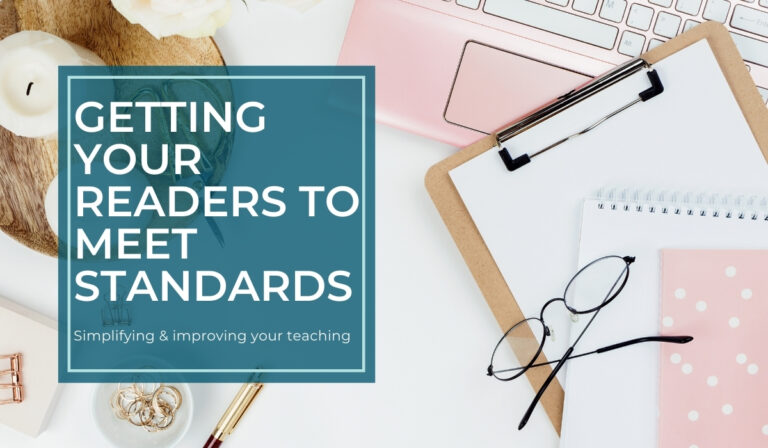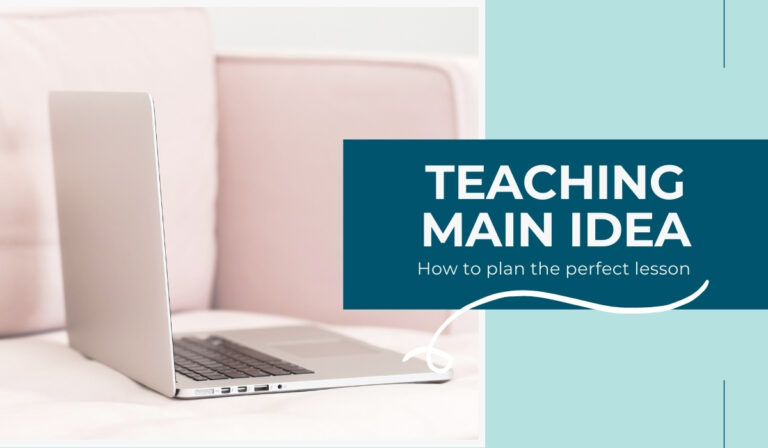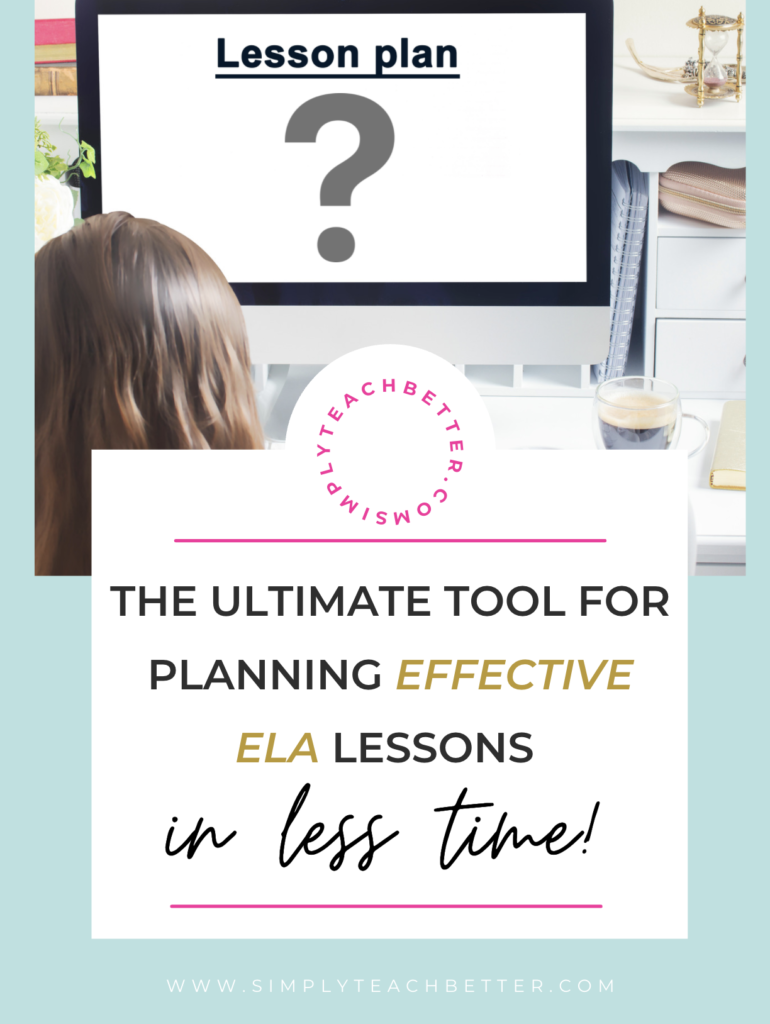Teaching reading comprehension strategies are often difficult for teachers.
Why? Because we are usually proficient learners and comprehenders. We love to read. We love to learn.
Consequently, teaching something that we are good at, and comes naturally for us, usually proves quite difficult to teach. We read and we comprehend automatically. This is not true for all readers, even the ones that read fluently. Fluency is the bridge to comprehension, but it doesn’t mean the reader will automatically cross over it! Sometimes they need a hand to hold- RE: comprehension strategy instruction.
That’s why we need to accurately assess and recognize when readers are struggling to comprehend and where the breakdown is occurring. Not all readers need to be taught all comprehension strategies. In fact, they shouldn’t. We need to be strategic. If it ain’t broke, don’t fix it! Proficient readers often do not need to be taught strategies like self-monitoring, clarifying, inferring, etc, (even if the Teacher’s Manual says to teach it). They’re already doing those things!
Be strategic when teaching comprehension strategies!
First of all, let’s assume that we’ve done some assessing, and our readers NEED to be taught some reading comprehension strategies so they can tackle more complex text. What’s the best way to teach the prescribed strategy(ies)?
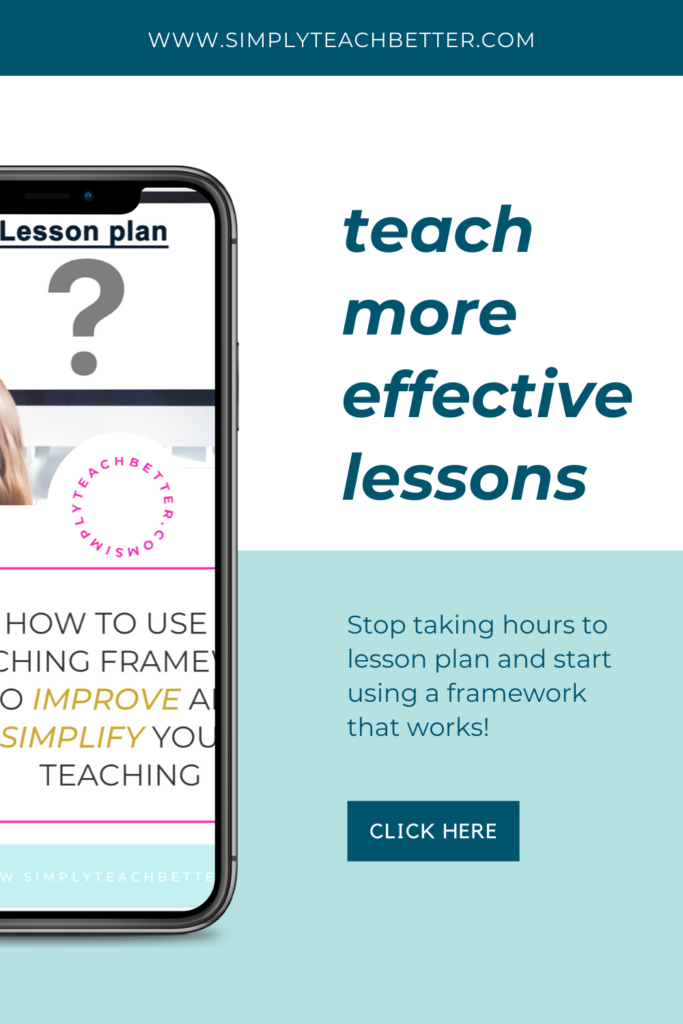
Use a framework
- Use direct instruction or a gradual release model that includes modeling, teacher think alouds, and a gradual transfer of responsibility from teacher to student. And yes, this can be done virtually! Does it require more creativity? Perhaps. More effort? Maybe. If you’re able, use breakout rooms to pull small groups, reteach, or confer with readers. You can be logged in on 2 devices, so you can monitor the rest of the class while you’re in a breakout room on the other device.
- Use visuals like graphic organizers, anchor charts, flow maps, etc to make the concept visual! Using a graphic organizer greatly helps students track their thinking and further engages them in reading for purpose.
- Use a reader’s notebook or reading journal that allows a place for students to process and show their thinking as they read. Sticky notes and a spiral notebook or Google Slides (for distance learning) make excellent choices. This is also a great way for you to assess!
- Use authentic texts! The goal of comprehension strategy instruction is to teach readers how to comprehend text (duh, right?), so don’t use a lower level text to teach the strategy! This is not authentic! If the reader can read a text and comprehend it, why are you teaching the strategy? For example, if you have a 6th grade student who struggles to comprehend grade level text because of limited vocabulary, you might want to teach him/her how to use context to clarify unknown words, however, if you are teaching him this strategy by using a 2nd grade text, will he have any need to clarify? No, probably not. So you want to use a 6th grade text that will allow for plenty of practice clarifying unknown words in context- a strategy HE NEEDS for reading more complex text.
- Give plenty of time in text! Readers need to read. Independently. Daily. Good books that they choose. Make sure to balance instructional reading with daily independent CHOICE reading.
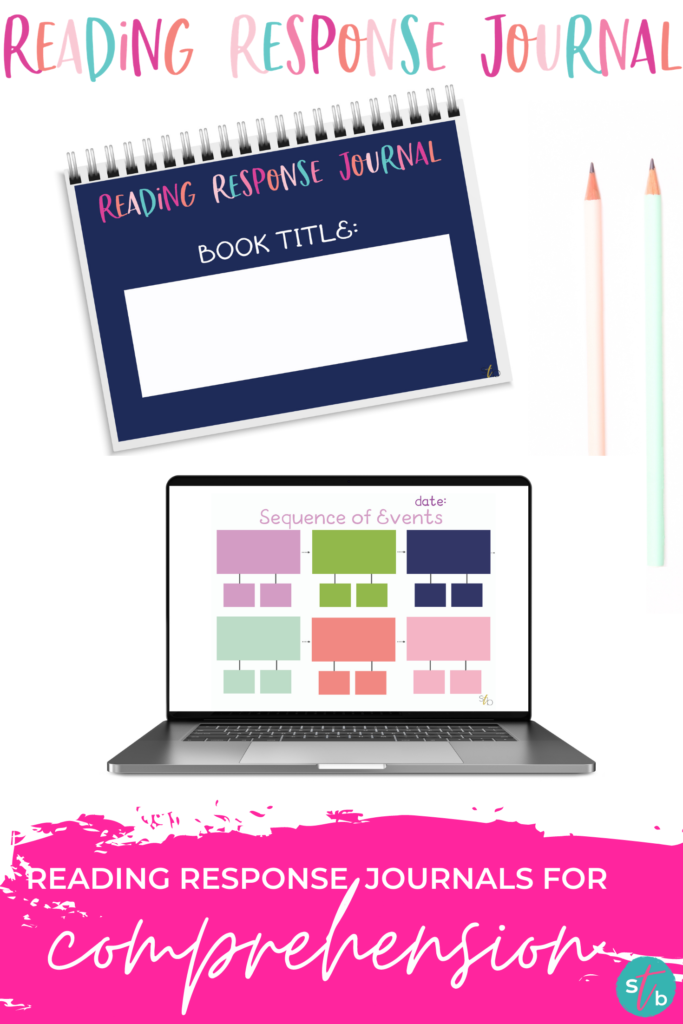
Don’t just use the Teacher’s Manual!
Virtual or in-person, teaching reading comprehension strategies must continue! Remember, you know better than the Teacher’s Manual! Informally assess and determine what strategies need to be taught, and then be strategic! You got this!
If you want more practical tips on teaching comprehension {virtually} anywhere, download the free guide.


